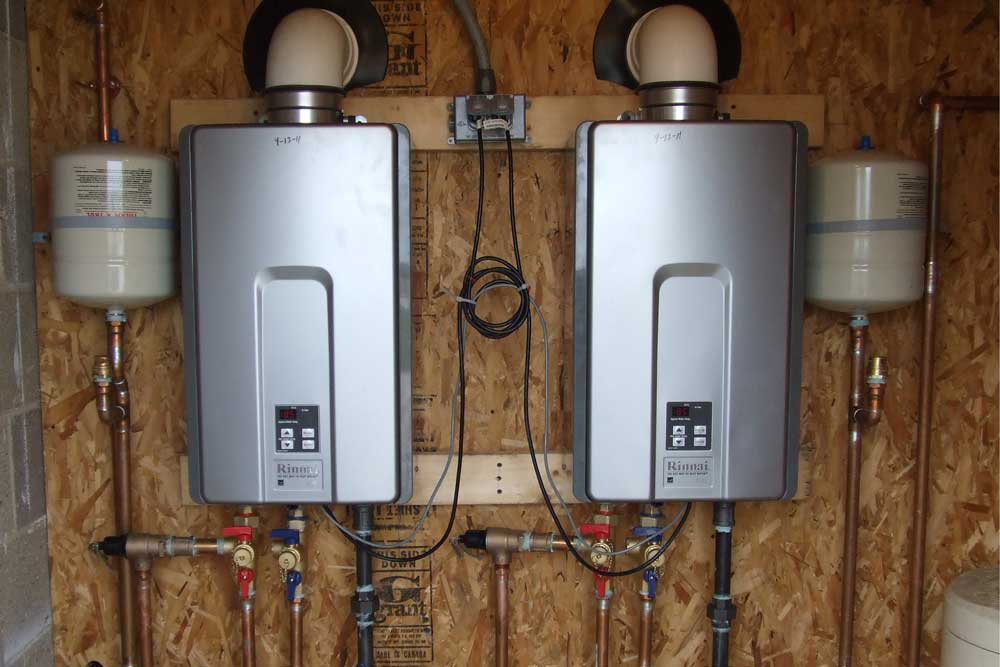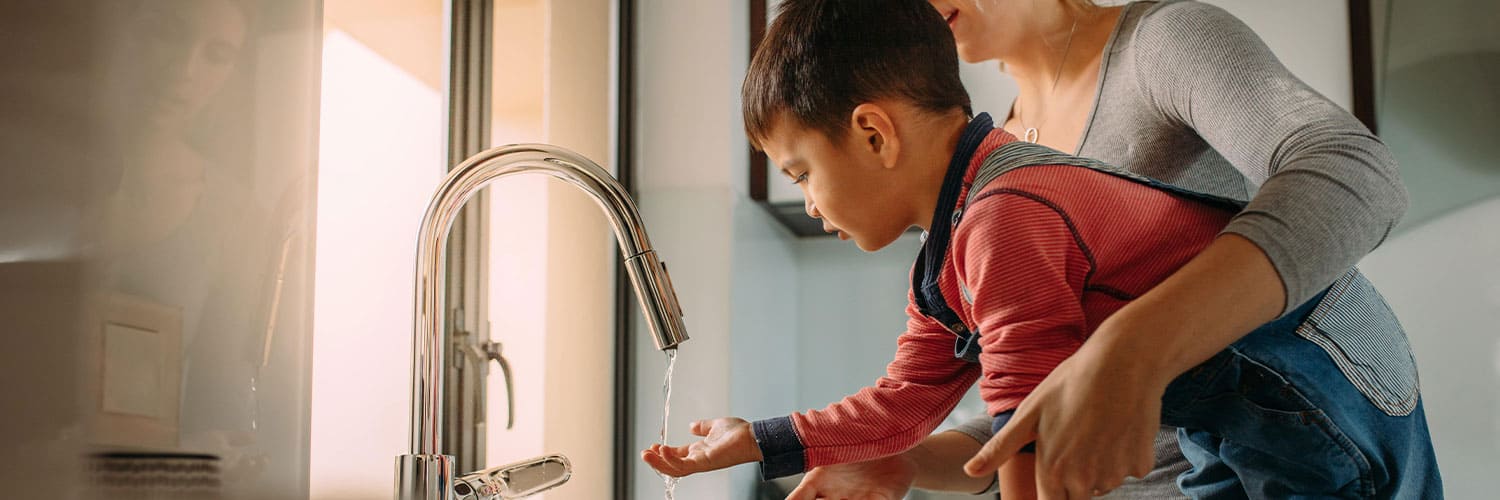Almost everyone maintains his or her own conception involving Tips For Maintaining Your Hot Water Heater.

Hot water is necessary for day-to-day convenience, whether it's for a refreshing shower or cleaning dishes. To ensure your warm water system runs efficiently and lasts longer, regular maintenance is vital. This article supplies sensible tips and understandings on just how to maintain your home's warm water system to avoid interruptions and pricey repairs.
Introduction
Preserving your home's warm water system could seem challenging, but with a couple of straightforward steps, you can guarantee it operates smoothly for several years to come. This overview covers everything from comprehending your warm water system to DIY upkeep pointers and knowing when to employ specialist help.
Value of Keeping Your Hot Water System
Routine upkeep not just extends the lifespan of your warm water system yet additionally ensures it operates effectively. Disregarding maintenance can result in lowered performance, higher energy expenses, and also premature failure of the system.
Indications Your Warm Water System Demands Maintenance
Understanding when your hot water system requires attention can prevent significant issues. Watch out for indicators such as inconsistent water temperature level, weird noises from the heating unit, or rusty water.
Flushing the Hot Water Heater
Flushing your water heater eliminates debris buildup, boosting effectiveness and lengthening its life.
Checking and Replacing Anode Rods
Anode poles prevent rust inside the container. Inspecting and changing them when broken is essential.
Complicated Concerns Requiring Expert Assistance
Instances include major leakages, electrical problems, or if your hot water heater is continually underperforming.
Regular Professional Maintenance Perks
Specialist upkeep can include extensive assessments, tune-ups, and making certain compliance with safety requirements.
Checking and Changing Temperature Settings
Changing the temperature settings makes certain optimal performance and safety.
Do It Yourself Tips for Upkeep
You can do a number of maintenance tasks on your own to maintain your warm water system in leading problem.
Looking for Leaks
On a regular basis evaluate pipelines and links for leakages, as these can cause water damage and higher expenses.
Comprehending Your Hot Water System
Before diving into maintenance tasks, it's helpful to recognize the fundamental parts of your warm water system. Normally, this consists of the hot water heater itself, pipes, anode poles, and temperature level controls.
Regular Monthly Upkeep Tasks
Routine regular monthly checks can help capture minor problems prior to they escalate.
Checking Pressure Relief Valves
Examining the pressure safety valve ensures it works appropriately and stops too much stress buildup.
Insulating Pipes
Protecting warm water pipes minimizes warm loss and can save energy.
When to Call an Expert
While DIY maintenance is helpful, some problems require professional knowledge.
Conclusion
Routine upkeep of your home's warm water system is essential for efficiency, durability, and expense financial savings. By complying with these ideas and recognizing when to look for specialist aid, you can make sure a reliable supply of hot water without unforeseen disruptions.
How to Maintain an Instant Hot Water Heater
Before tinkering with your hot water heater, make sure that it’s not powered on. You also have to turn off the main circuit breaker and shut off the main gas line to prevent accidents. Also turn off the water valves connected to your unit to prevent water from flowing into and out of the appliance. 2. When you’re done, you have to detach the purge valves’ caps. These look like the letter “T†and are situated on either side of the water valves. Doing so will release any pressure that has accumulated inside the valves while at the same time avoid hot water from shooting out and burning your skin. 3. When the purge valves’ caps are removed, you have to connect your hosing lines to the valves. Your unit should have come with three hoses but if it didn’t, you can purchase these things from any hardware or home repair shops. You can also get them from retail stores that sell water heating systems. Read the user’s manual and follow it to complete this task properly. When the hosing lines are connected, open the purge port’s valves. 4. You should never use harsh chemical cleaners or solutions when cleaning your unit. Make use of white vinegar instead. It should be undiluted and you’ll probably use about 2 gallons. 5. Now flush your water heater. This task should probably take about 40 minutes. We can’t give you specific directions for this because the procedure is carried out depending on the type, model and brand of your heater. With that being said, refer to the user’s manual. 6. When you’re done draining the unit, you have to turn off the purge port valves again. Remove the hosing lines that you earlier installed on each of the water valves. Put the valve caps (purge port) back in their respective places and be very careful so as not to damage the rubber discs that are found inside these caps. 7. Now that everything’s back in place, check your user’s manual again to find out how to reactivate your water heating system. 8. Once it is working, turn one of your hot water faucets on just to let air pass through the heater’s water supply pipes. Leave the tap on until water flows smoothly out of it. https://www.orrplumbing.com/blog/2014/september/how-to-maintain-an-instant-hot-water-heater/

As a keen person who reads about What Kind of Maintenance Do Water Heaters Need?, I thought sharing that excerpt was beneficial. Remember to pause to share this blog if you enjoyed reading it. Thanks for your time spent reading it.
Set Up An Appointment